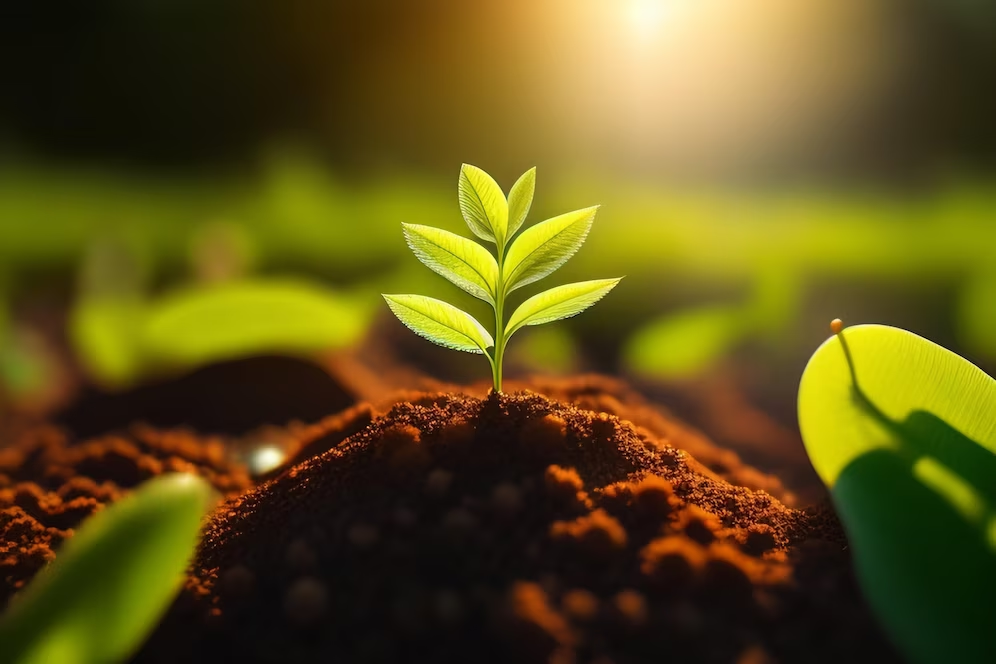Shifting plants from a small to a large pot or pot in the ground is often difficult, as many times the plants dry up. But if the weather is rainy, then there is no problem. It is very important to remove many plants from a small pot or place and plant them in a big pot, bed, or garden. Just as we plant seeds or plants in small pots in our kitchen or terrace garden, it is equally important to transfer or re-potting the plants that have grown from that pot or place to another place. For this, the rainy season, the beginning of autumn, and the spring season, all three seasons are considered good. After July 15, this work gives success in the whole of August, then in October, and then in February. But this work depends more on the experience of the re-potting person because re-potting is a skillful job.

Re-Potting Method
When re-potting, the plants are bathed in the nutrient solution before being removed from the pot. Then the soil is taken out of the pot. After adding organic fertilizers to the soil, it is pressed lightly by filling it in a big pot. Plants are watered to protect against transplanting shock.
What is transplant shock?
Transplanting shock is a process that occurs in any plant when it is transferred from a nursery, nursery, or one place to another or pot. During this, some plants show symptoms like wilting of leaves, yellowing, falling, lack of growth, and wilting of plants even after watering. Transplanting shock is a physiological adaptation process that occurs due to reduced water supply to plant roots. This is a temporary process, which heals in two to three days, after which the plant begins to grow and develop at a rapid rate. By adopting this process, you can transplant many vegetable plants in beds or pots.

What to do before the re-potting process
In the process of re-potting, the first stop giving water to the pot from which the plant is to be removed. After two to three days, the soil of the pot starts moving away from the edges. Then holding the plant near the soil surface, overturn the pot and separate it from the soil with a slight stroke of the hand. If the pot is damaged or made of plastic, it is easily removed, otherwise, it can be removed by breaking it. Well, you should try to avoid plastic pollution. After this, when the roots of the plants come out of the pot along with the soil, then you see a big bunch of roots. Remove the soil by patting it a little with your hand and do the work of reducing those fine roots by hand. After this pruning took place, that is, keep the plant with the trimmed roots in a big pot or a pit made in the soil in such a way that its root remains straight.
Prepare a mixture by mixing one part organic manure, such as cow dung, fish, chicken manure, or vermicompost in two parts soil and fill it in the pot or pit from all sides. Then apply water by pressing lightly. Apply a little more water on the first day, so that the soil settles down. After that keep applying water according to the requirement of the plant and the condition of the soil.

What to do after pruning the plant
If the size of your plant has become very large, do re-potting only a few days after pruning, so that there is less load on the roots and the growth of the plant can start faster after transplanting shock. Re-potting of most medicinal, flowering, and vegetable plants can be done successfully, just take special care of three or four things. For example, while pruning the roots, do not cut their root part completely. Apply enough water to allow the mix of organic compost and soil to set when potting. Moisture in the weather, such as during rainy days or re-potting work in October and February, does not cause any problems in the plants.
(PC: Freepik)










